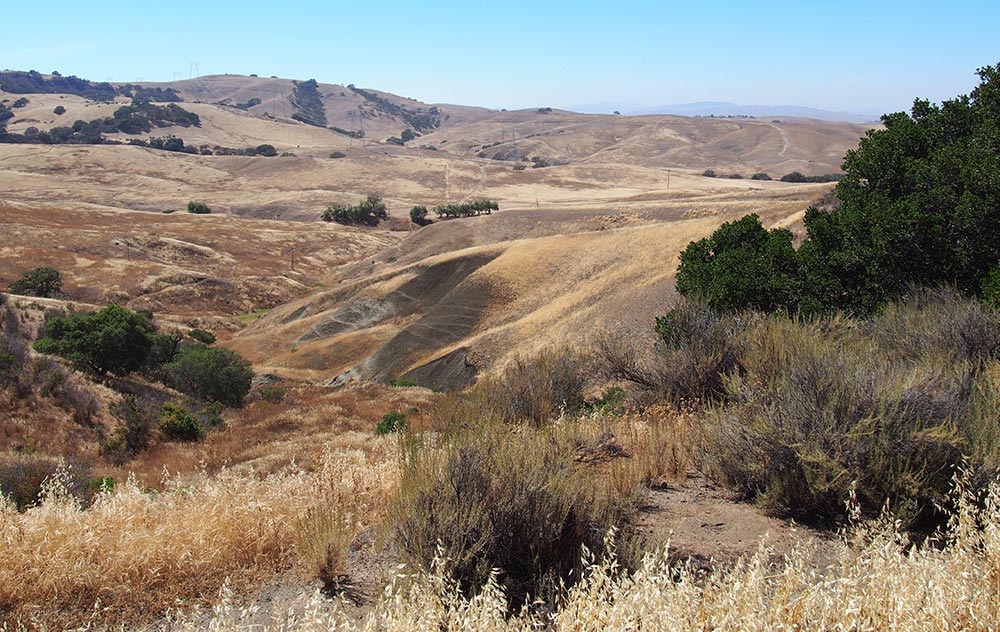Adaptive Planned Grazing Reduces Fire Fuel Load – Profiles in Land and Management

By: Kevin Alexander Watt
 This month we are excited to share the Hollister Hills State Vehicular Recreation Area, Profiles in Land and Mangement. Since 1994, the California Department of Parks and Recreation has managed vegetative fuel load to prevent fire and improve the ecological health of this multi-use park. Through an innovative lease with Morris Grassfed, a private cattle company, the park uses adaptive planned grazing to achieve its goals.
This month we are excited to share the Hollister Hills State Vehicular Recreation Area, Profiles in Land and Mangement. Since 1994, the California Department of Parks and Recreation has managed vegetative fuel load to prevent fire and improve the ecological health of this multi-use park. Through an innovative lease with Morris Grassfed, a private cattle company, the park uses adaptive planned grazing to achieve its goals.
 The recreational area was established in 1975 and expanded with the purchase of neighboring ranches in the 1980s and 1990s. Most of this site has a history of continuous grazing over many years by large herds of cattle. When the Parks Department proposed using prescribed burns to manage fire danger, the neighbors were opposed. In 1994, a rangeland ecologist suggested that planned grazing might be an effective alternative that could also enhance the health of the land.
The recreational area was established in 1975 and expanded with the purchase of neighboring ranches in the 1980s and 1990s. Most of this site has a history of continuous grazing over many years by large herds of cattle. When the Parks Department proposed using prescribed burns to manage fire danger, the neighbors were opposed. In 1994, a rangeland ecologist suggested that planned grazing might be an effective alternative that could also enhance the health of the land.
Today, the planned grazing program plays an important role in reducing fire risk for neighboring properties and improving the natural ecological cycles of the land. Staff and supervisors at the department “absolutely, without a doubt” believe that managed grazing has been a success. Monitoring shows a significant reduction in dry matter as well as increased salamander populations, 80 bird species, and blue oak tree regeneration.
To read more on this profile, please click here.